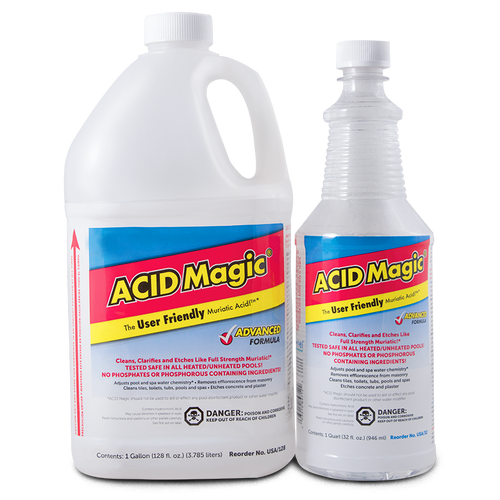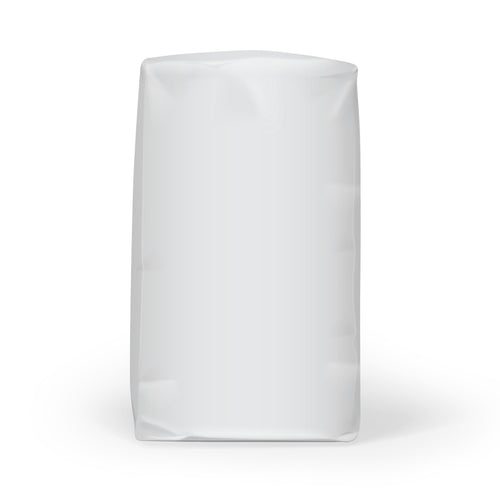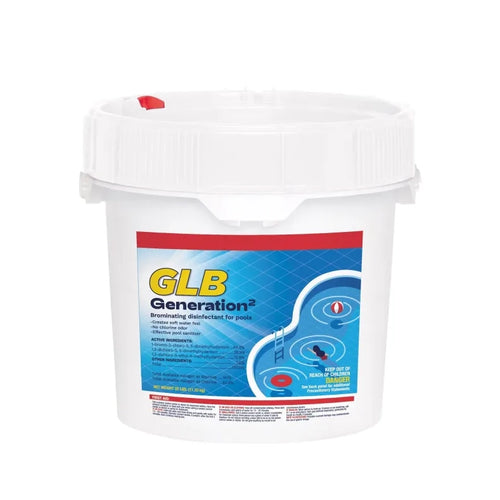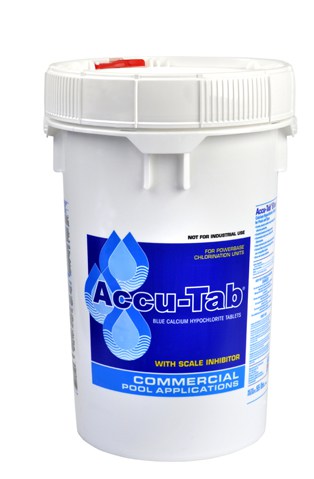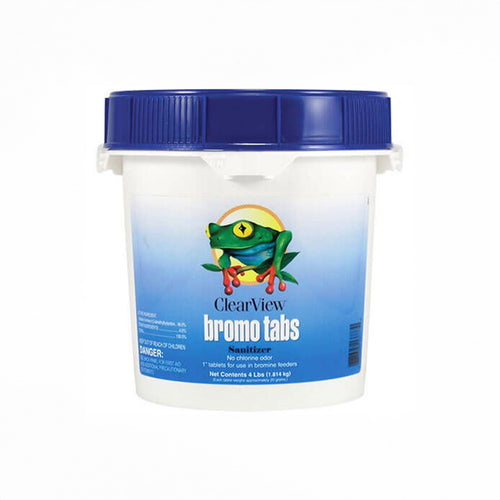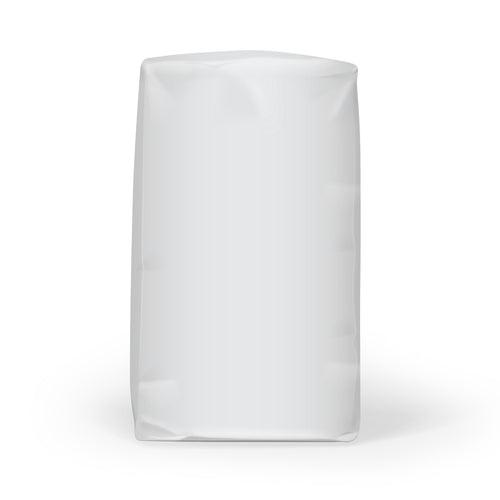From shocking a green pool back to life to upholding the attractive hot tub, choosing the right spa chemicals makes all the difference. We have spent decades refining our pool and spa chemicals so that your water remains crystal clear and free from headaches. Forget spending your weekends fighting algae or dealing with stinging eyes. Proper chemical treatment transforms water maintenance from a dreaded chore to a quick task, leaving more time for what matters.
Why Pool and Spa Chemicals Are Essential
Your pool isn't just a hole filled with water – it's practically a living ecosystem that changes daily. Rain, sunlight, leaves, sunscreen, and yes, even swimmers themselves constantly introduce contaminants that throw water chemistry into chaos.
Fighting the Invisible Battle
Without chemicals for pool maintenance, your pristine oasis would quickly transform into what amounts to a warm, stagnant pond. Those swimming pool cleaning products you add weekly eliminate harmful microorganisms before they can multiply. E. coli, cryptosporidium, and legionella don't advertise their presence until swimmers develop infections, rashes, or respiratory issues. Regular application of quality pool and spa chemicals creates an inhospitable environment for these unwelcome microscopic visitors.
Protecting Your Investment
The average pool represents a significant financial commitment – one that proper chemistry helps safeguard. Unbalanced water becomes surprisingly destructive, silently attacking surfaces and equipment. Aggressive water erodes plaster, dissolves grout, and corrodes heaters, rails, and ladders. Spa chemicals don't only make water swimmable—they extend system life. Think of chemical maintenance as preventative medicine – a fraction of the cost of premature equipment replacement or resurfacing.
The Comfort Factor
Nobody enjoys red eyes, itchy skin, or the distinctive "pool smell" commonly mistaken for chlorine. Ironically, that irritating odor actually signals insufficient chlorine – not too much. When properly balanced, pool water feels soft against your skin, remains odor-free, and doesn't leave swimmers with stinging eyes or bleached swimsuits. The right chemical balance transforms every swim from a chemical endurance test into the refreshing experience you're actually paying for.
Types of Pool and Spa Chemicals
Walk down the chemical aisle at any pool store and the array of bottles, buckets and packages can overwhelm even experienced owners. Let's cut through the confusion by understanding what each type actually does for your water.
Sanitizers: Your Water's First Line of Defense
Every effective pool program starts with reliable sanitization. These critical pool cleaning products continuously neutralize bacteria, viruses, and organic material before they can multiply or cause problems.
Chlorine dominates the market in several forms:
- Trichlor tablets offer slow-dissolving, stabilized sanitization ideal for outdoor pools
- Cal-hypo granules deliver fast-acting shock treatment without added cyanuric acid
- Liquid chlorine provides immediate sanitizing power without affecting water hardness
Many prefer bromine-based spa cleaner chemicals for enclosed spaces and hot water applications. Bromine maintains effectiveness at higher temperatures and doesn't produce the strong chloramine odors that chlorine can create in warm water. It is especially suitable for spas and indoor pools with more organic load since it lasts longer after the first application.
Salt chlorine generators have transformed sanitation by electrolysis, which turns common salt into chlorine. Though they still need monitoring and occasional supplementing during high use, these systems maintain consistent sanitizing levels without storing conventional pool chemicals.
pH Adjusters: Balancing Act Essentials
Think of pH as your water's master control switch – when it's wrong, everything else malfunctions. Proper pH (ideally 7.4-7.6) ensures sanitizer efficiency, swimmer comfort, and equipment protection.
When water turns alkaline (above 7.8):
- Chlorine effectiveness plummets
- Scale forms on surfaces and equipment
- Water becomes cloudy despite adequate filtration
Muriatic acid, sometimes known as sodium bisulfate (dry acid), rapidly brings levels into range to reduce pH. Sodium carbonate, or soda ash, slowly increases pH in acidic water (below 7.2) without appreciably changing other characteristics. Although they must be handled carefully, these basic pool and spa chemicals are necessary for preserving appropriate water balance.
Alkalinity Builders: Your pH Stabilization System
Total alkalinity is water's buffer against pH variations. Without enough alkalinity (80-120ppm), pH fluctuates drastically despite your efforts, generating a chemical roller coaster.
Baking soda is the standard alkalinity booster, raising levels while maintaining stability. Sodium carbonate is efficient because it increases pH and alkalinity concurrently. Many pool owners struggle with pH adjustments, but these overlooked additives help.
Calcium Management: Surface Protection
Water naturally looks for balance in its surroundings. It becomes aggressive when calcium hardness is too low (under 200ppm), physically melting concrete, grout, and metal to meet its mineral needs. Above 400 ppm, high levels of calcium cause equipment damage, cloudiness in water, and scaling.
Calcium chloride increases hardness in soft water, while specialized spa cleaner chemicals sequester excess calcium in hard-water regions. Proper calcium balance prevents surface premature aging and the frustrating scale formation that reduces heater efficiency and shortens equipment life.
Specialty Treatments: Problem Solvers
Beyond routine maintenance, specific conditions require specialized intervention:
- Metal control agents prevent dissolved metals such as iron, copper, and manganese from staining and discoloring pools. These metals enter pools via source water, damaged machinery, or algaecides.
- Phosphate Removers remove a main feeding supply for algae. Even thoroughly cleaned pools can grow algae when phosphate levels rise beyond 500ppb, hence these specific pool cleaning products are rather useful prophylactic aids under demanding conditions.
- Clarifiers and flocculants solve water clarity problems by clumping microscopic particles together so filtration systems can remove them. While flocculants quickly dump particles to the floor for vacuuming—perfect for quick turnarounds—clarifiers work gradually through filtration.
- Enzyme treatments break down non-living organic waste like oils, lotions, and perspiration consuming chlorine and producing scum lines. Especially in highly utilized pools or spas, regular enzyme application lowers chemical demand and filter cleaning frequency.
- Filter cleaning compounds restore filter efficiency by eliminating oils, minerals, and trash that evade standard backwashing. These specifically designed pool and spa chemicals guarantee correct water flow and purity while extending filter media life.
FAQ
How often should I test my pool and spa chemicals?
Test your water 2-3 times per week during swimming season, checking chlorine, pH, and alkalinity levels. Regular testing ensures your pool treatment and spa treatment programs maintain safe, comfortable water conditions.
What's the difference between pool and spa chemicals?
While many pool and spa chemicals serve similar functions, spa products are formulated for higher temperatures and smaller water volumes. Spa treatment chemicals often work faster and may use bromine instead of chlorine for better performance in hot water.
Can I use the same chemicals for both my pool and hot tub?
Some basic chemicals like pH adjusters work for both, but specialized spa treatment products are recommended for hot tubs due to higher temperatures and bather loads. Pool treatment chemicals may not be as effective in spa conditions.
Why does my pool smell like chlorine even after adding chemicals?
That strong "chlorine" smell actually indicates insufficient sanitizer, not too much. When the chemicals are properly balanced, water should be virtually odorless and comfortable for swimmers.
How do I know if my water chemistry is balanced?
Properly balanced water feels soft, appears crystal clear, and doesn't irritate eyes or skin. Your pool treatment should maintain pH between 7.4-7.6, with adequate sanitizer levels and balanced alkalinity.
What should I do if my pool water turns green?
Green water indicates algae growth requiring immediate shock treatment with high levels of sanitizer. Follow up with algaecide and proper pool treatment chemicals while running your filtration system continuously until water clears.
How long should I wait to swim after adding chemicals?
Wait times vary by chemical type - typically 15-30 minutes for most chemicals, but up to 8 hours for shock treatments. Always test water before swimming to ensure safe chemical levels.

